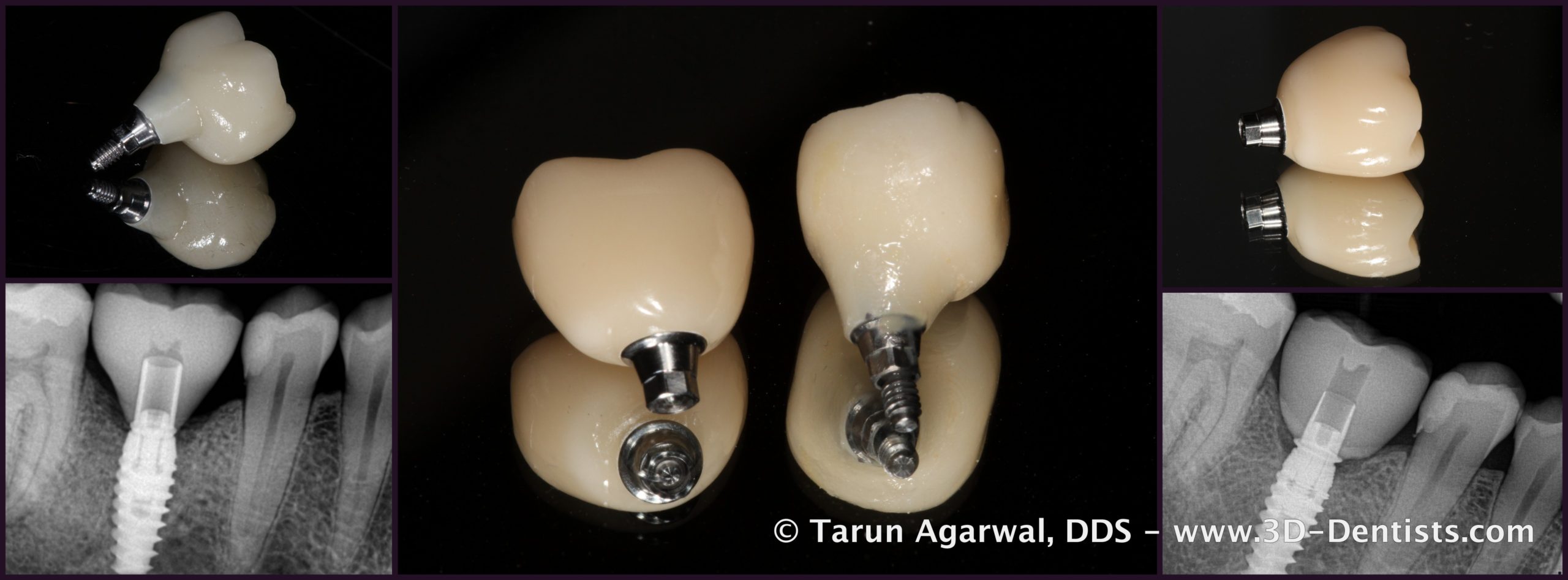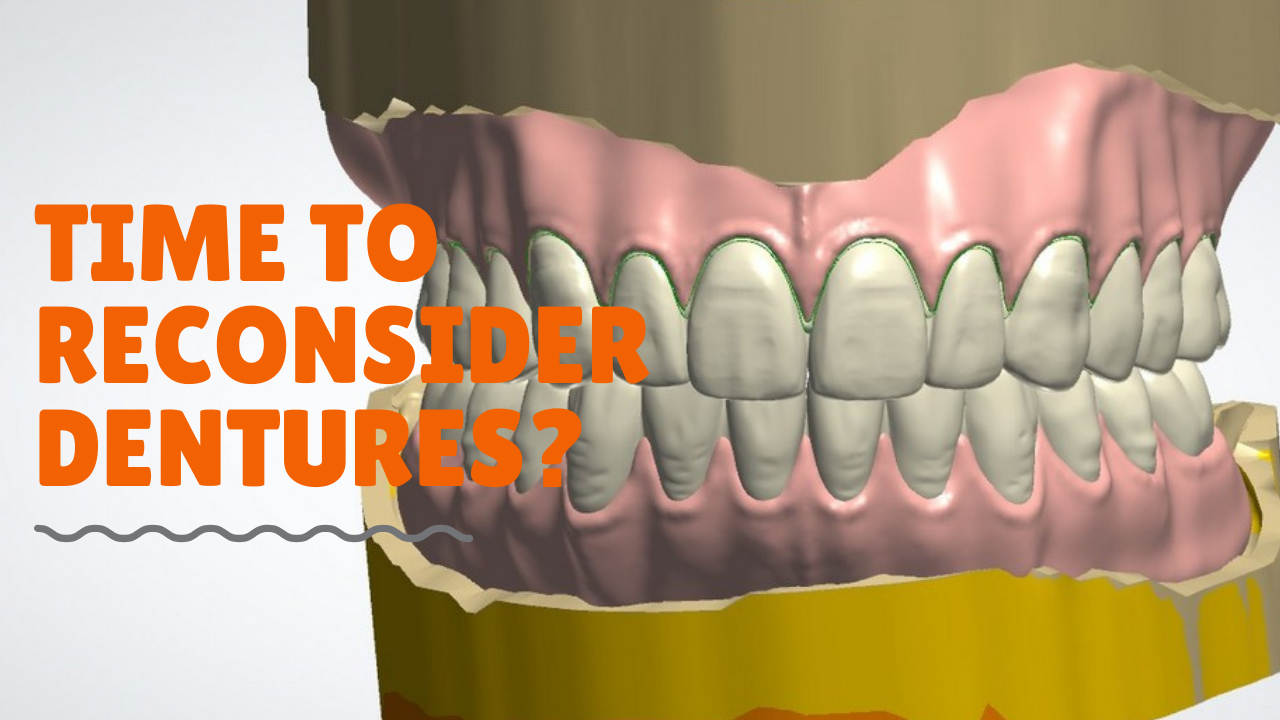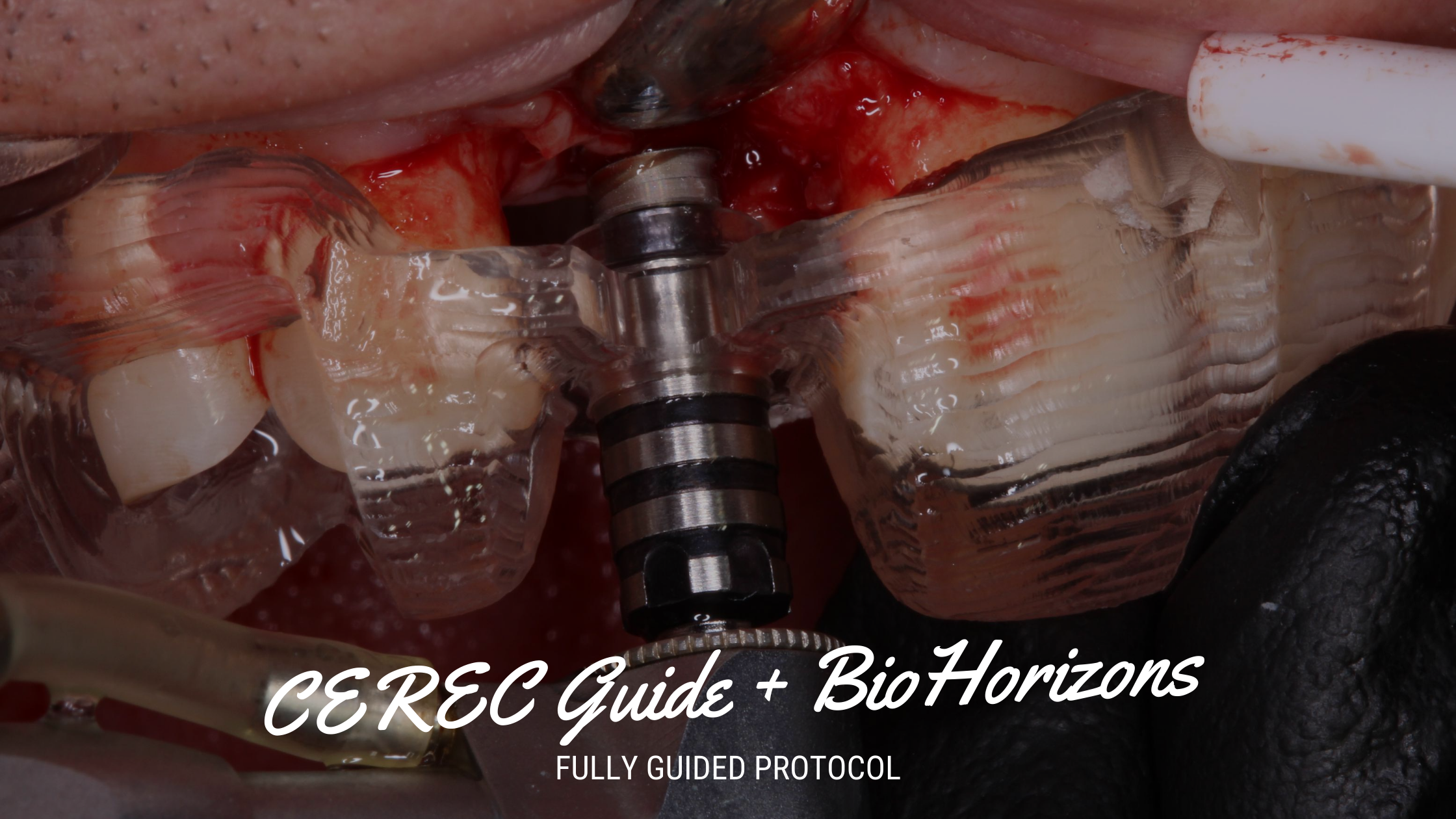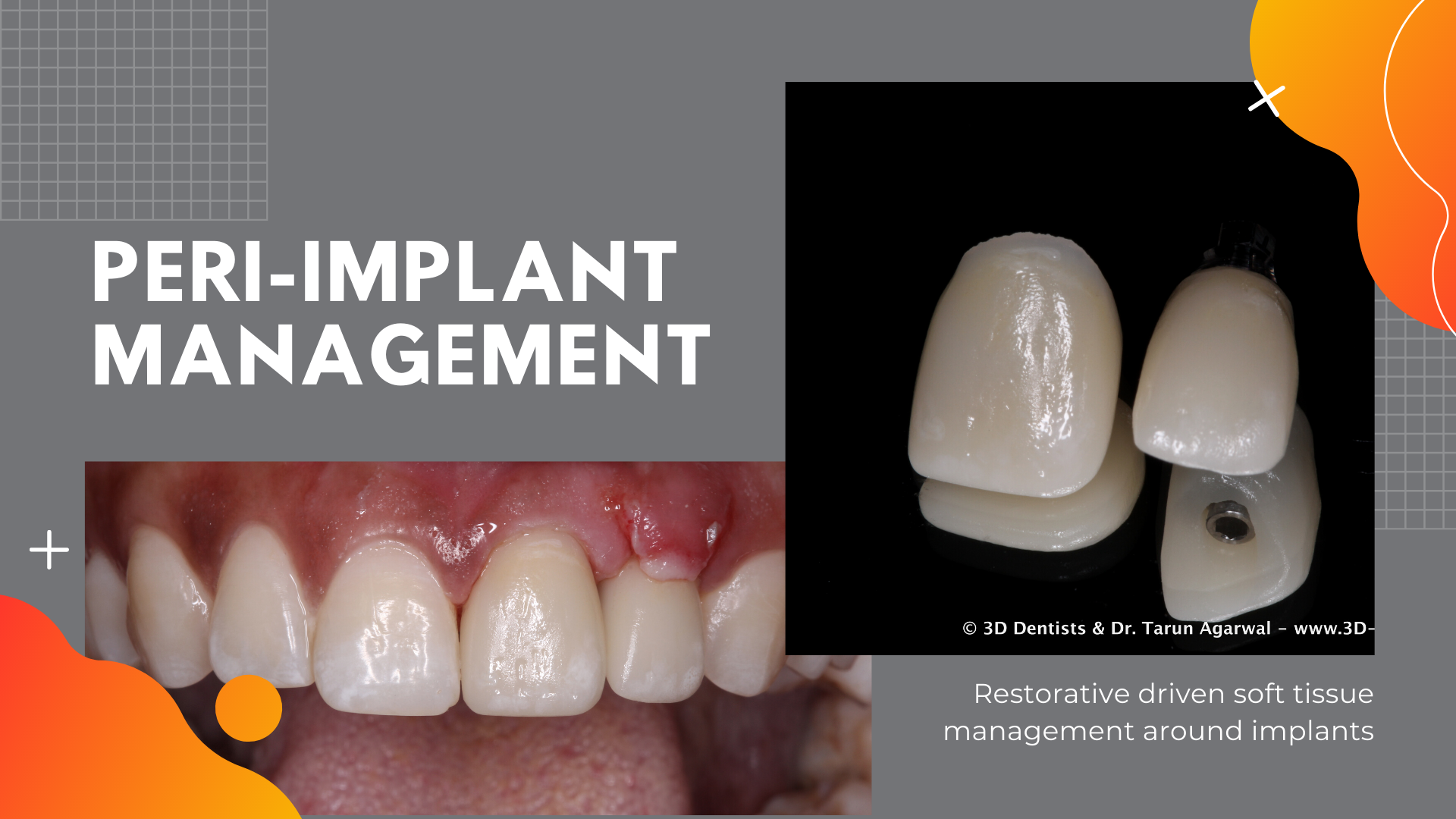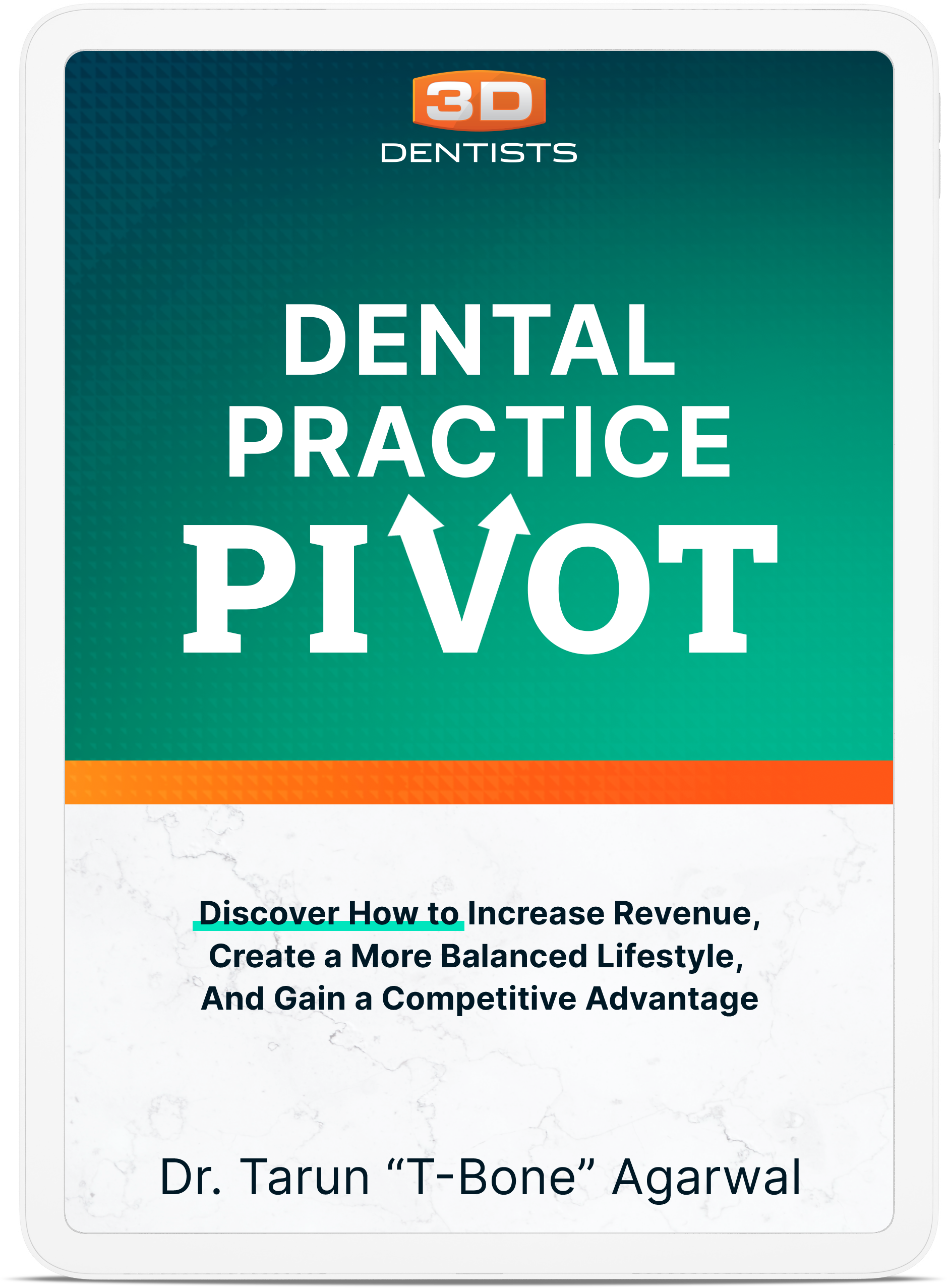An area often overlooked when it comes to implant restorations is the sub gingival emergence contour. This case illustrates quite nicely why and how this matters.

As you can see the original restoration looks nice (the crown portion) but has what i would call poor emergence contours. Specifically, here are the concerns I have…
- Hygiene. With the contours being so narrow it leaves an area for food to be trapped.
- Cracking. With the contours being so narrow it leaves a high chance that the ceramic may fracture in the neck area.
- Restoration Support. The crown portion isn’t fully supported leaving a chance for restoration fracture.
- Bite Mechanics. The crown not being supported will create a cantilever force on the buccal of the implant.
Being frustrated I decided to just make the restoration myself utilizing CEREC and emax abutment block. Having control over the design allowed me to better design the emergence contours and crown support.

Here is a picture of the two restorations (same patient, same implant, same everything) side by side.

You can even see in the above picture the crud that has been collecting on this restoration. That can’t be good!
Here’s what these look like radiographically…
The ill designed restoration….

The more ideally designed restoration…

Which restoration would you prefer? Which restoration gives the best chance of success?
Are you looking to learn more about CEREC implant restorations, emergence contour design, and learn the most efficient workflow in implant dentistry? We are offering our Ultimate 3D Hands On workshop 4 times in 2015. Come join us and see how our techniques and workflow can change the way you do implant dentistry!

